Healthcare
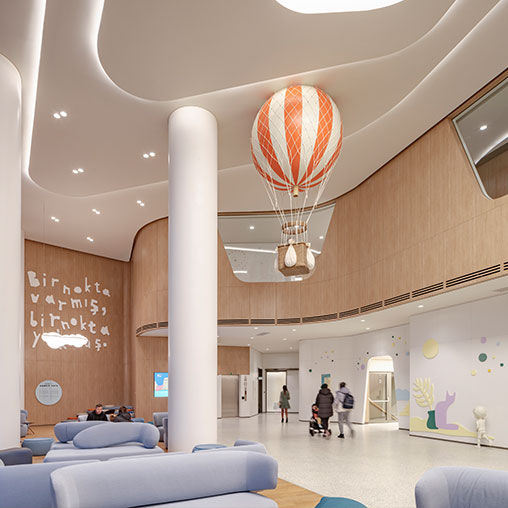
Acibadem Ataşehir Hospital and Children’s Pavilion
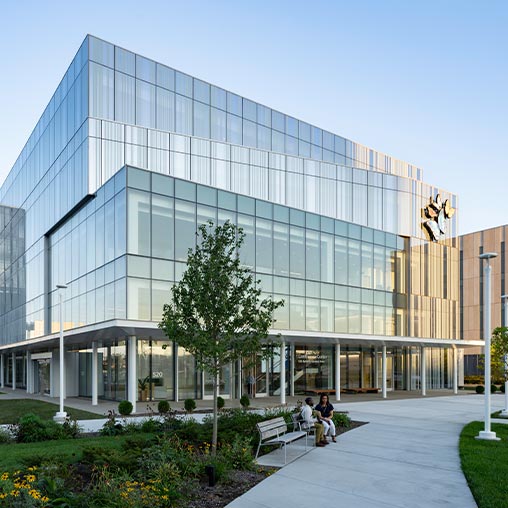
Nationwide Children’s Hospital — Data Center + Conference + Medical Simulation Facility
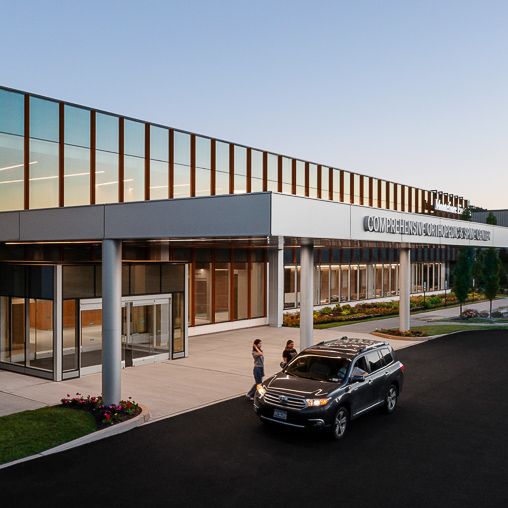
Montefiore Einstein Comprehensive Orthopedic & Spine Center (MECOSC)
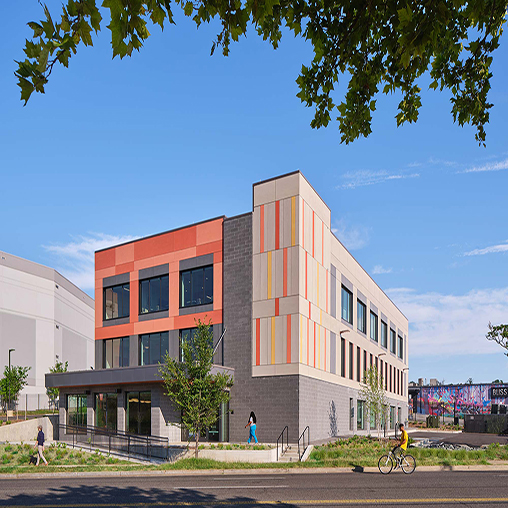
Community of Hope Family Health and Birth Center
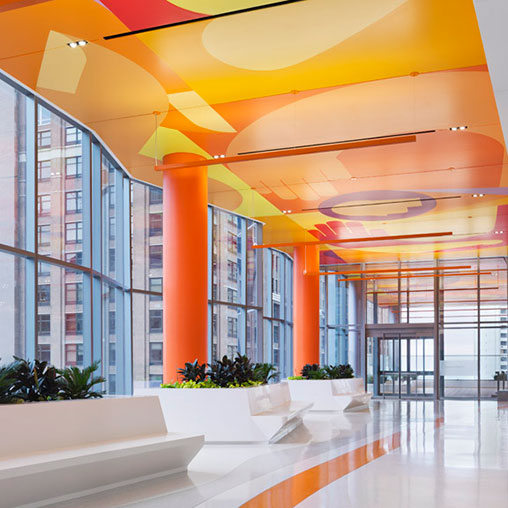
Shirley Ryan AbilityLab
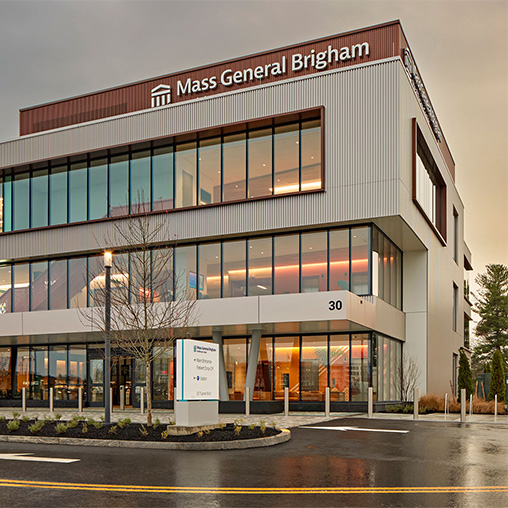
Mass General Brigham Integrated Care Facility
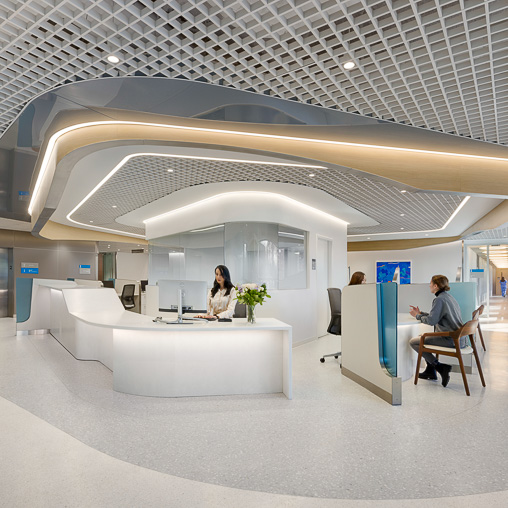
HSS Paramus Orthopedic Clinic
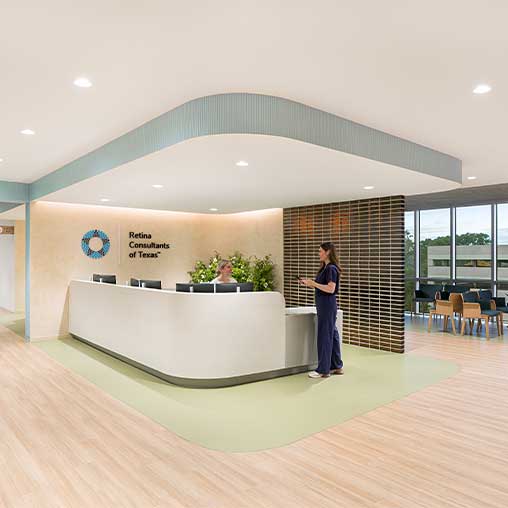
Retina Consultants of Texas The Woodlands
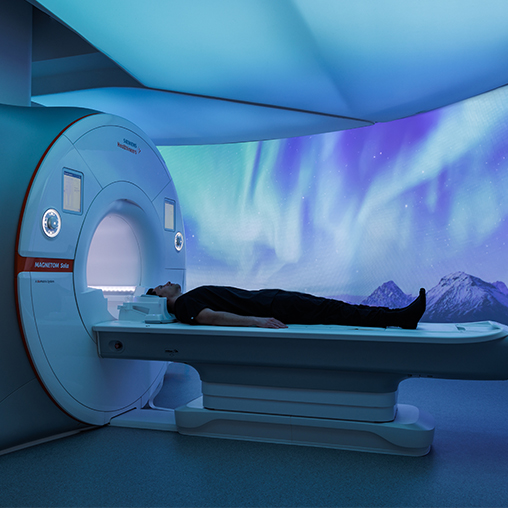
TELUS Health Care Centre
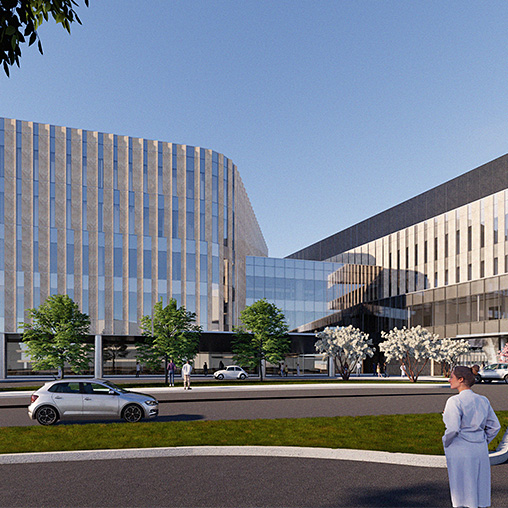
UT Tyler School of Medicine, Clinics and Surgery
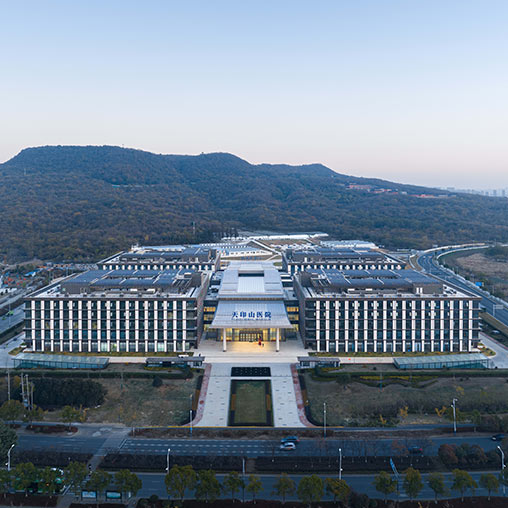
Nanjing Tianyinshan Hospital
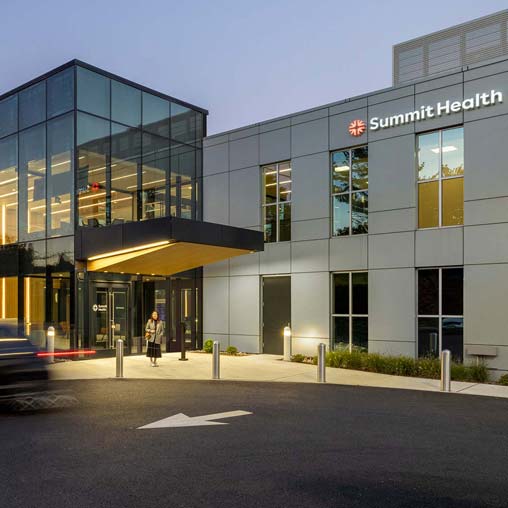
Summit Health Multispecialty Hub
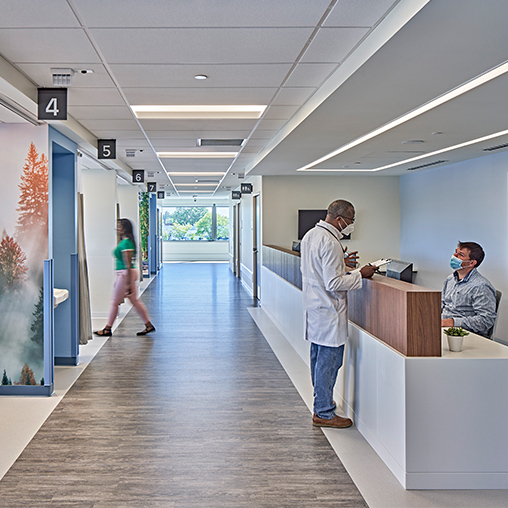
Henry Ford Health Freestanding ED & Ambulatory Care Center
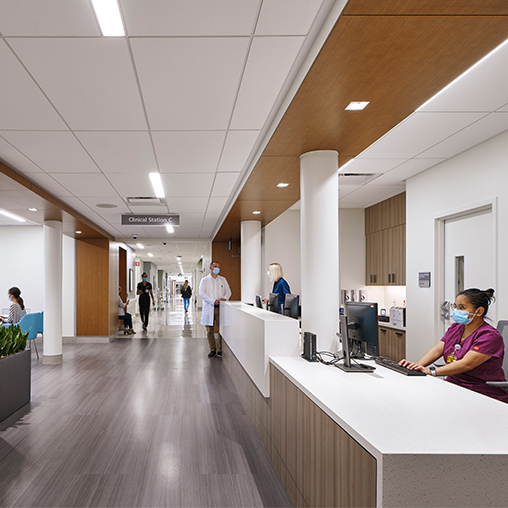
Confidential Healthcare Client Acute Rehabilitation Center
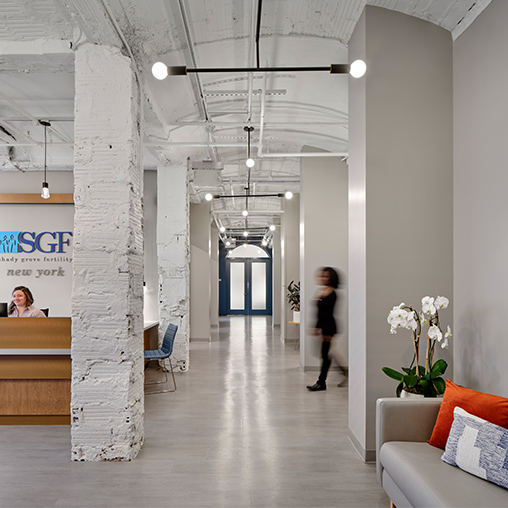
Shady Grove Fertility Brooklyn
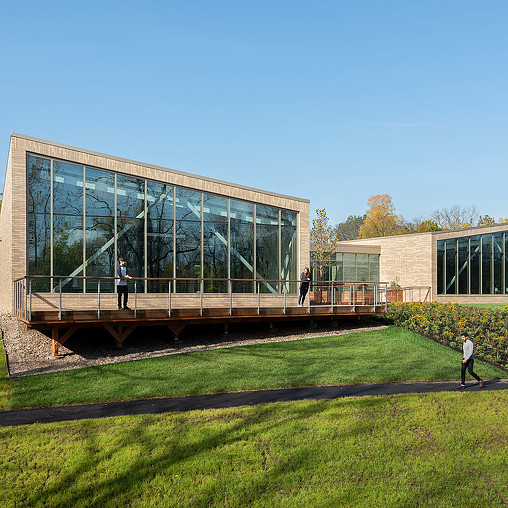
OhioHealth Neuroscience Wellness Center

Reach Movement Studio
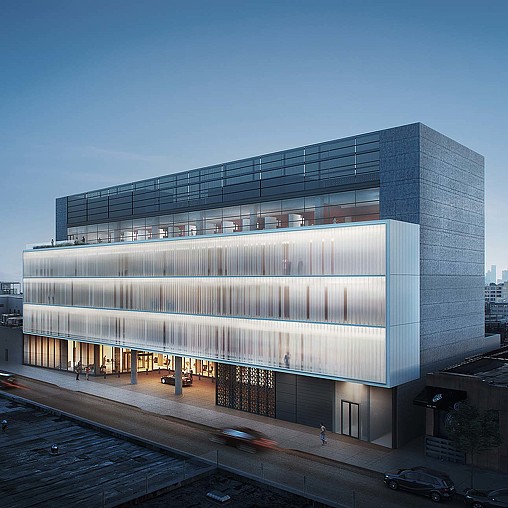
Confidential Health Center
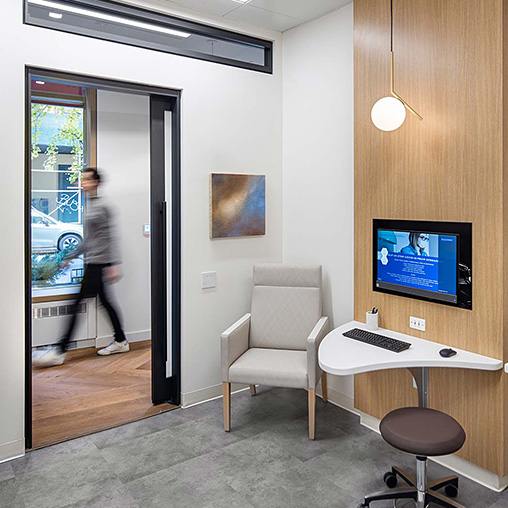
Columbia Primary Care Manhattan Valley
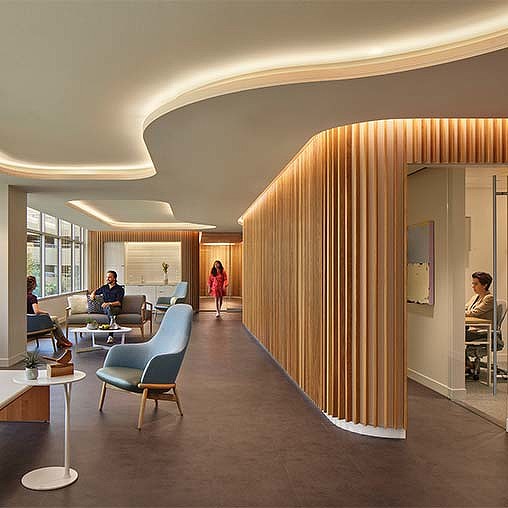
Bill Richards Center for Healing at Aquilino Cancer Center
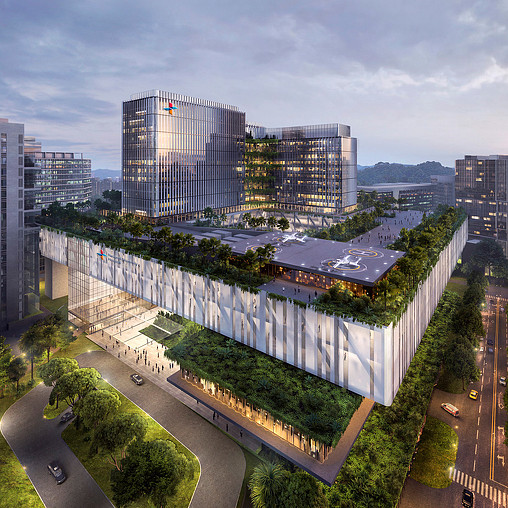
National University Hospital
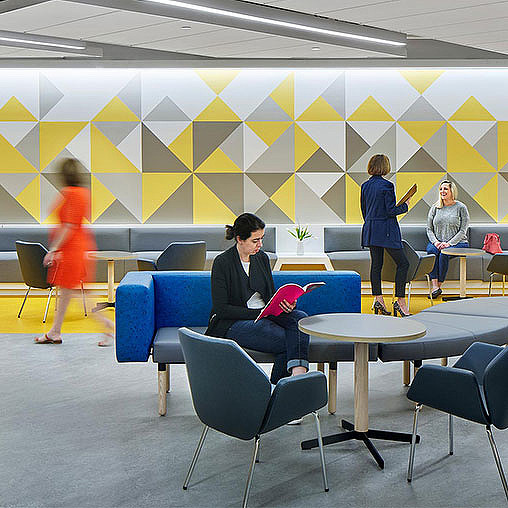
Unity Health Care, East of the River Health Center
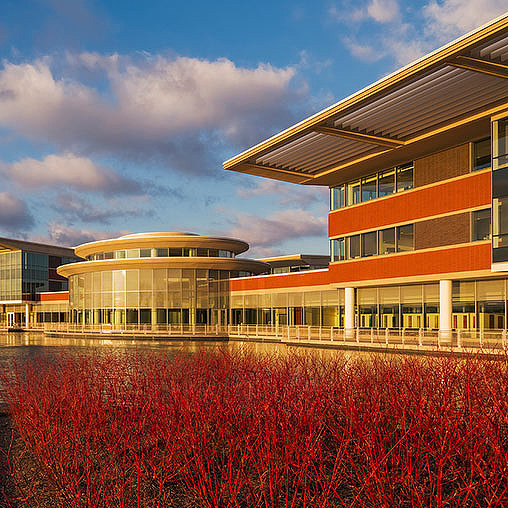
Northwestern Medicine — Lake Forest Hospital
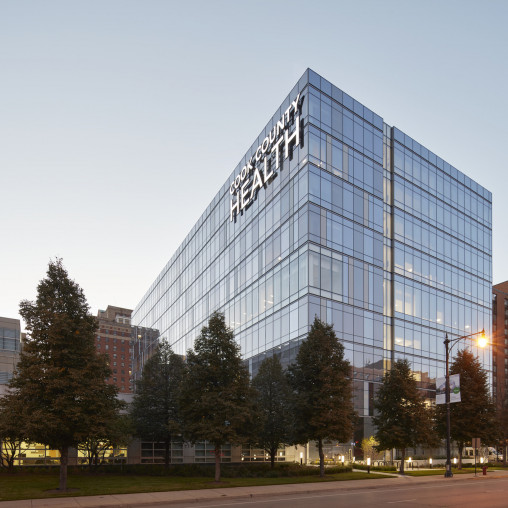
Cook County Health & Hospitals System, Central Campus Health Center
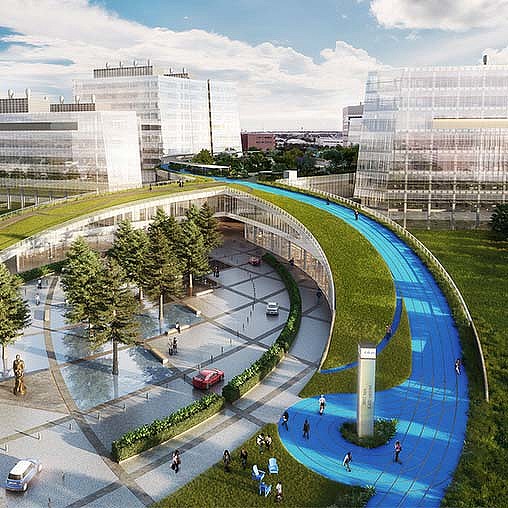
TMC3 Translational Research Campus
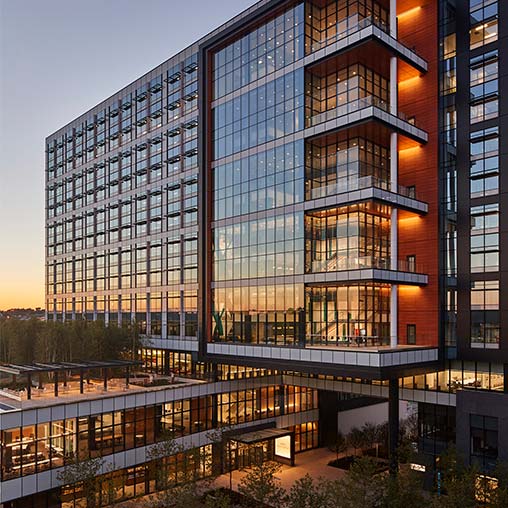
Mass General Brigham Administrative Campus
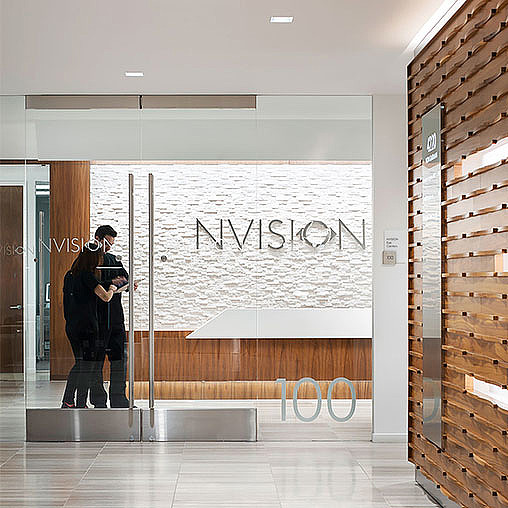
NVision Eye Center

Converting Office Space for Outpatient Care

The Future of the U.S. Healthcare Ecosystem
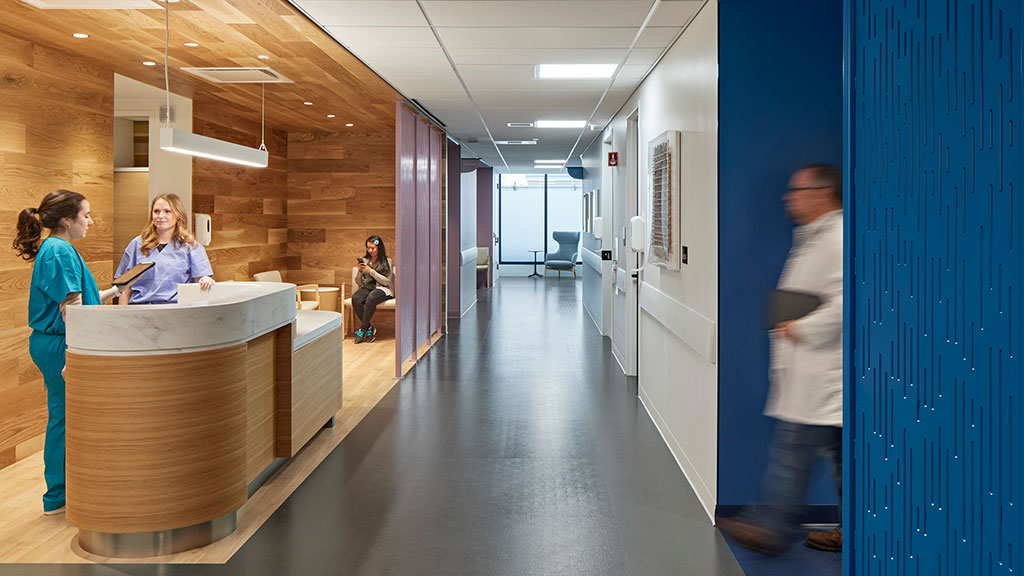
Test, Don’t Guess: A New Approach for Healthcare Design
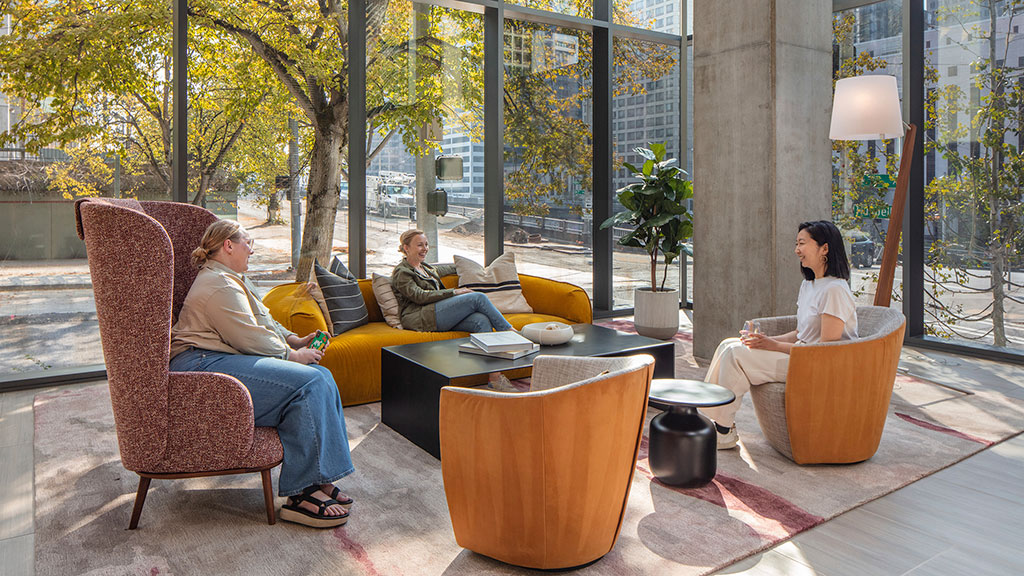
How the Rise in Digital and Home Health Will Transform Healthcare
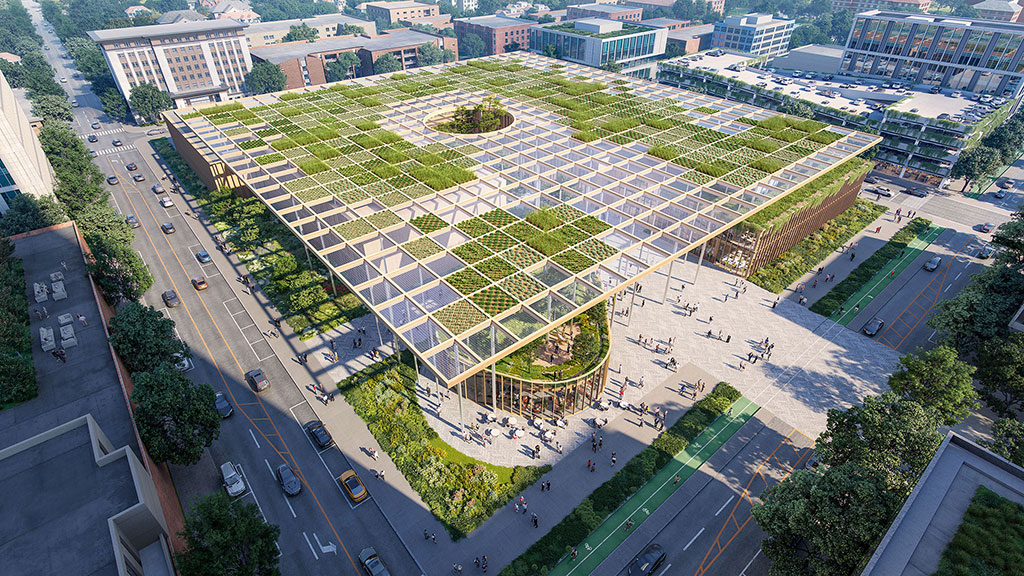
Right-Sizing the Community Hospital: Optimizing for the Future
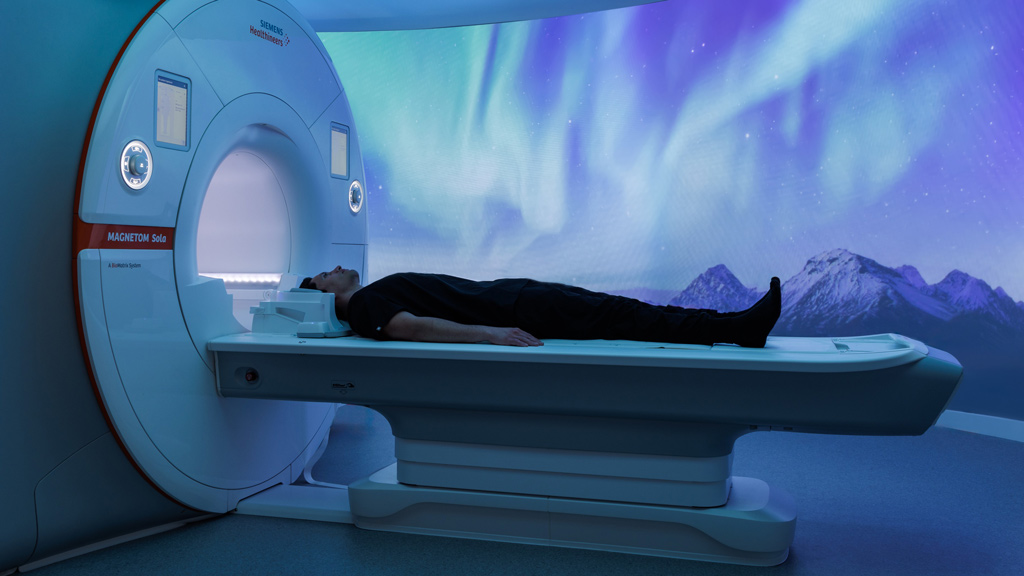
Realizing the Value of Artificial Intelligence When Planning Tomorrow’s Healthcare Facilities
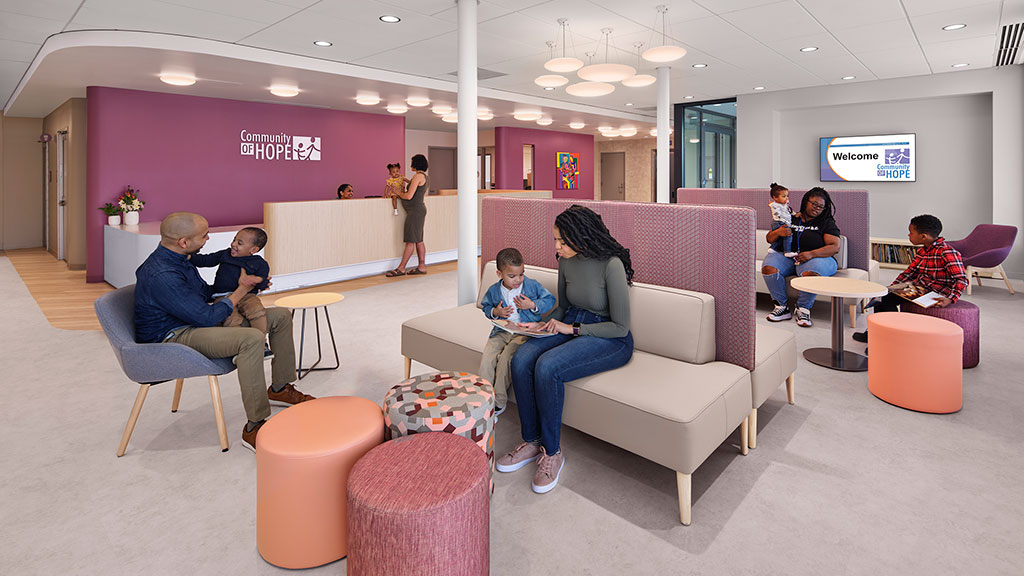
How Branded Healthcare Environments Can Build Trust and Community
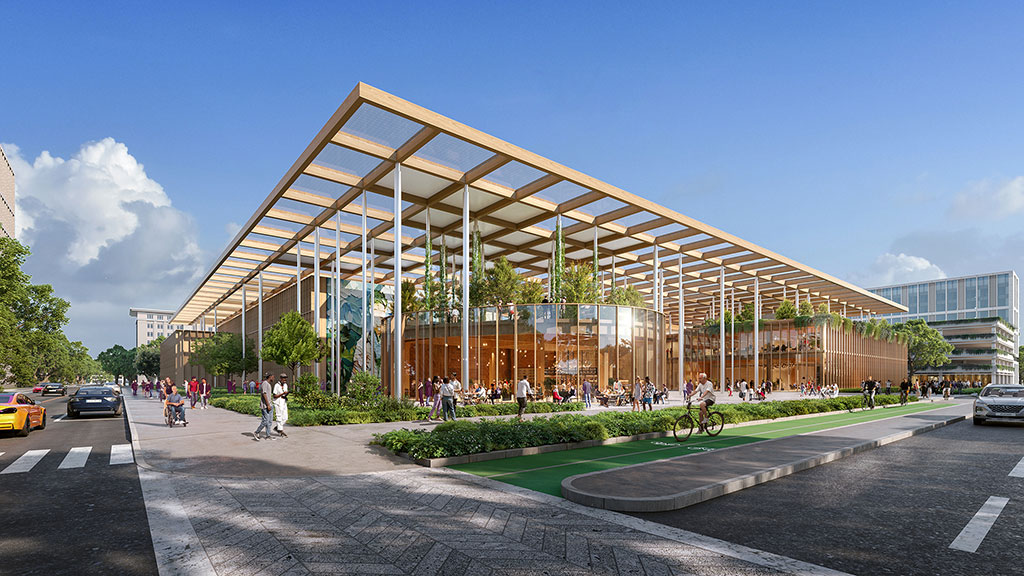
Why Resilience Planning Is Crucial to Safeguard Health Systems
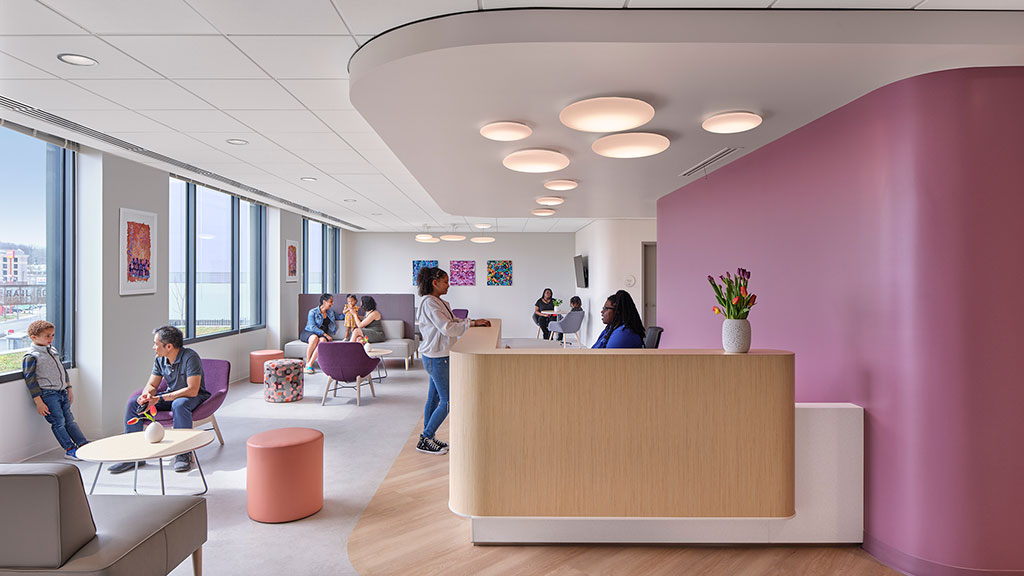
The Future of Healthcare Is Anchored in Its Communities
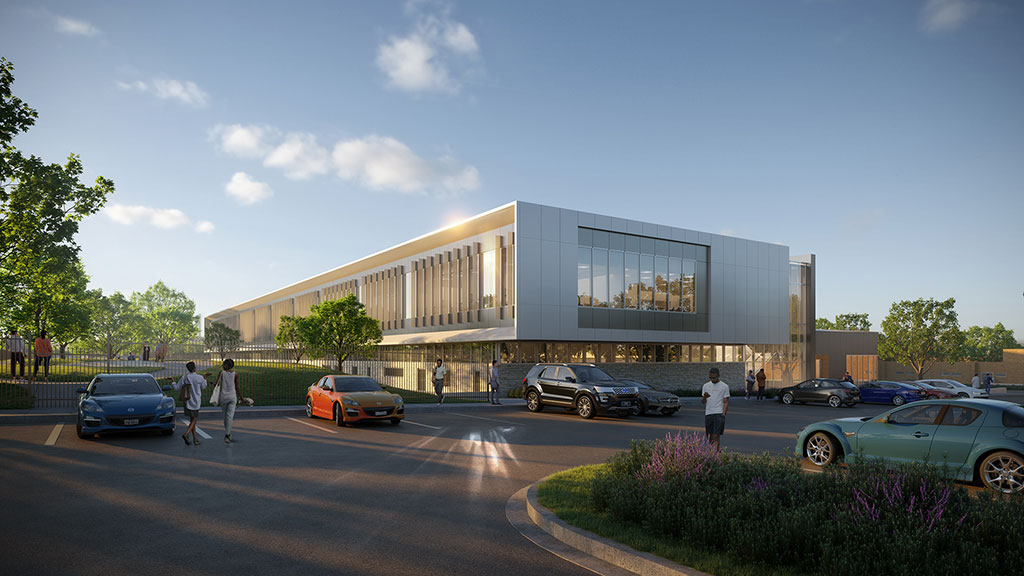
Removing Behavioral Health Stigmas Through Elevated, Strategic Design
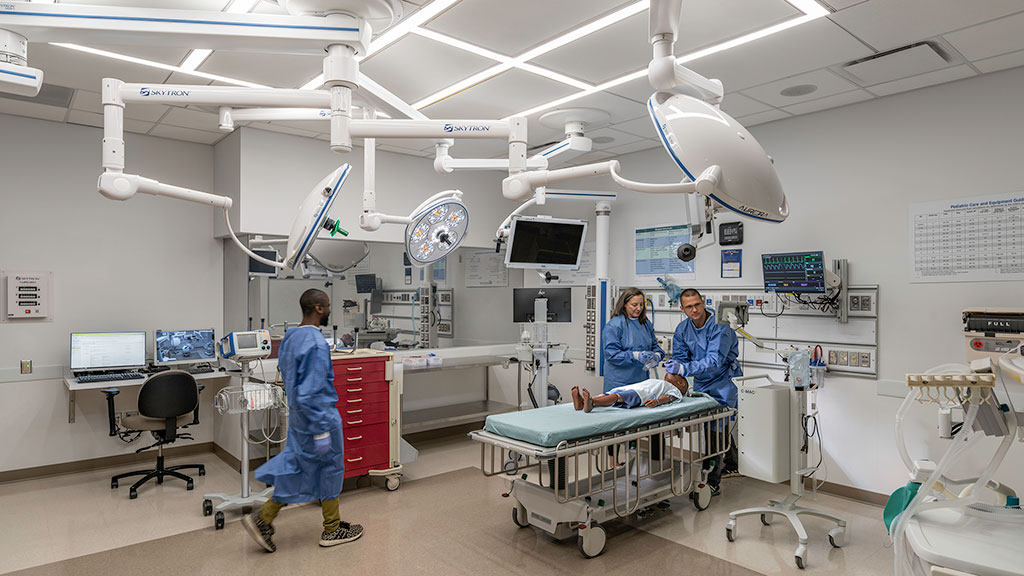
How Gaming Can Transform Activation and Transition Planning for New Healthcare Campuses
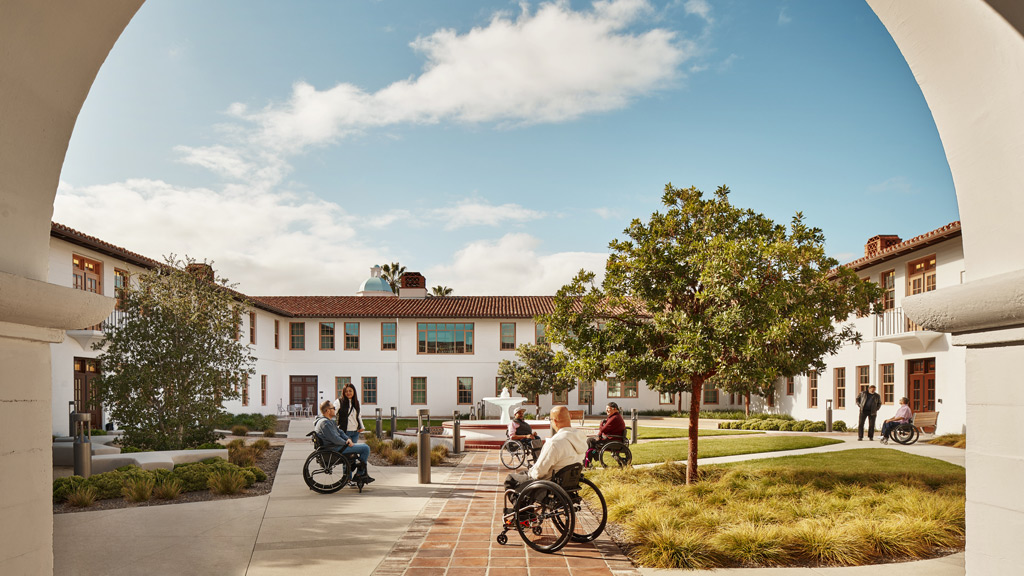
Conversions for Healthcare:
10 Takeaways for the Future
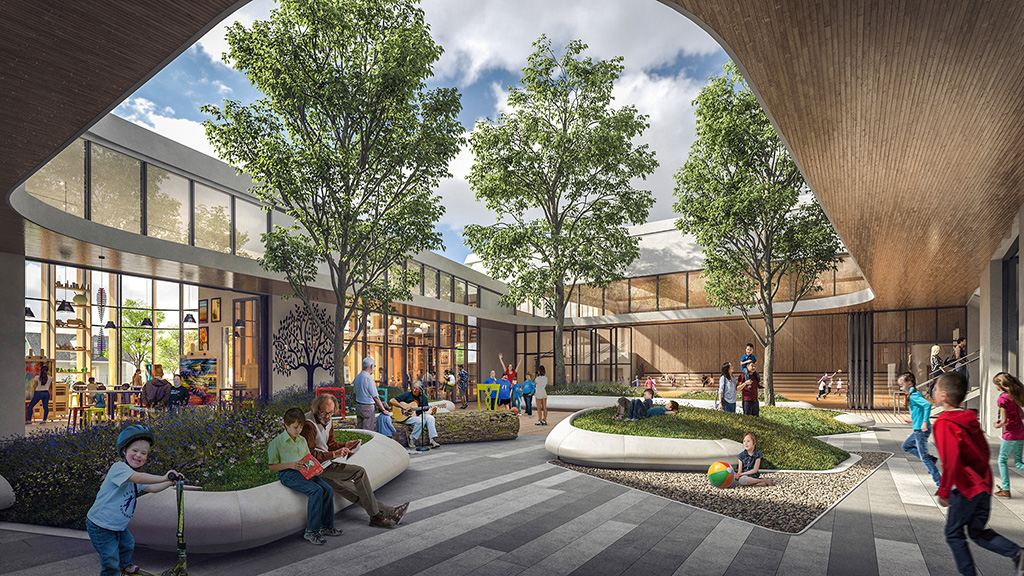
The Impact of Inclusive Design on Children’s Health and Happiness
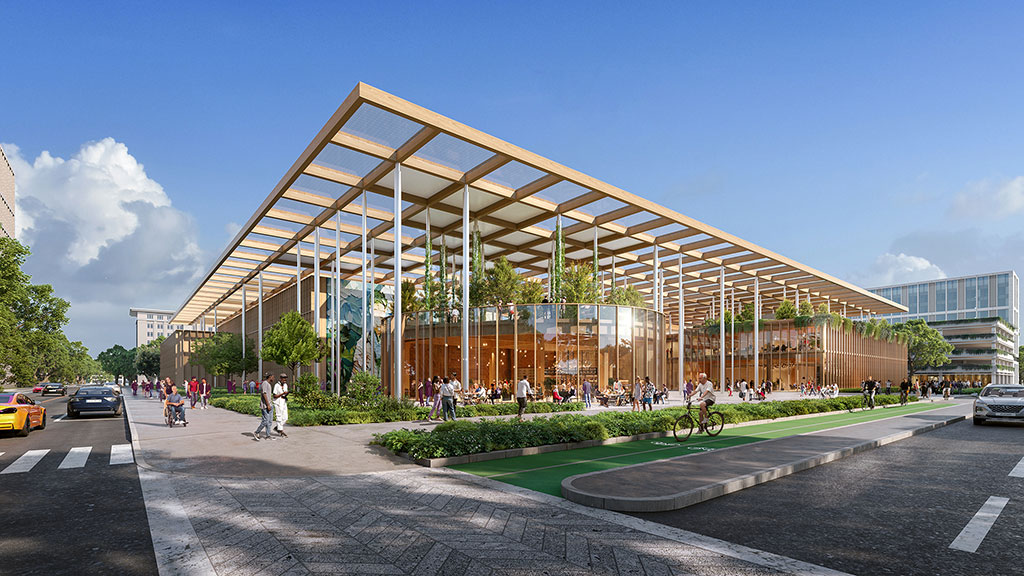
Prototyping the Hospital of the Future
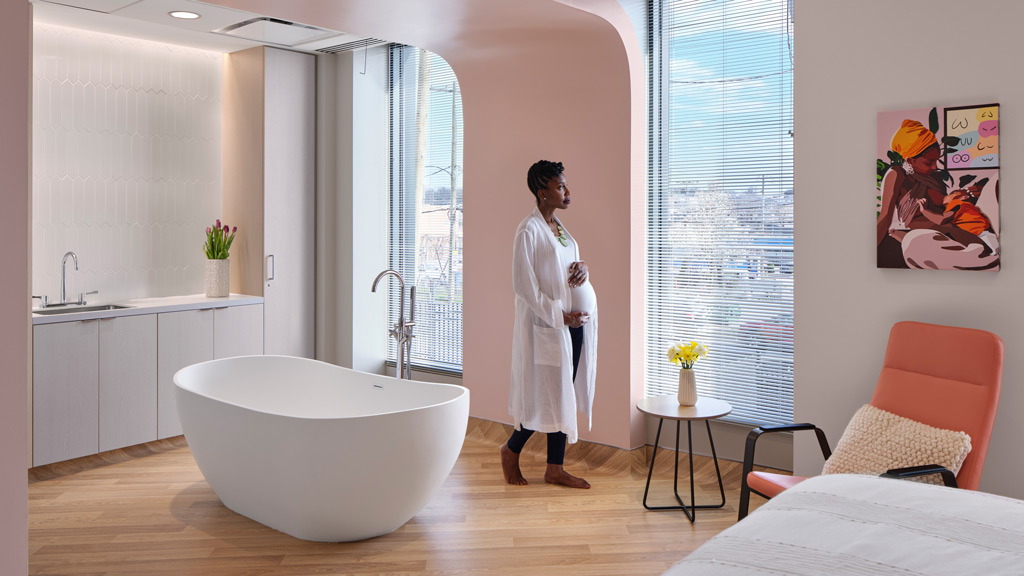
Putting the Patient at the Center of the Health-And-Wellness Equation
Funding cuts and labor shortages spark healthcare innovation.
Ongoing pressure in the U.S. healthcare market drives positive change. Gaps in research funding spark new academic-industry partnerships. Mergers and acquisitions accelerate as systems seek stability and scale. And new models such as virtual care, home health platforms, and AI physicians deliver better outcomes for less.
AI redefines the frontlines of clinical care.
By enabling seamless collaboration across specialties and between institutions, AI unlocks discoveries once out of reach, from new treatment pathways to highly personalized therapies. It’s also easing the administrative load, giving providers back precious time for what matters most: meaningful patient care and collaboration. As healthcare becomes more data-rich, AI offers the scaffolding to help the healthcare industry become a smarter, more human-centered system.
Radically integrated ecosystems unite research, education, and care.
The future of academic medicine lies in living ecosystems that dissolve barriers between care, research, and learning. AI, biomanufacturing, and digital platforms transform hospitals and communities into interconnected networks that deliver therapies, accelerate discovery, and embed continuous education in real time.
Staff well-being moves into focus.
Hospitals and clinics take a page from workplace design to address rising staff burnout and fatigue. Daylight-filled work zones, transition and respite rooms, and spaces designed for decompression and connection become more common in healthcare settings.
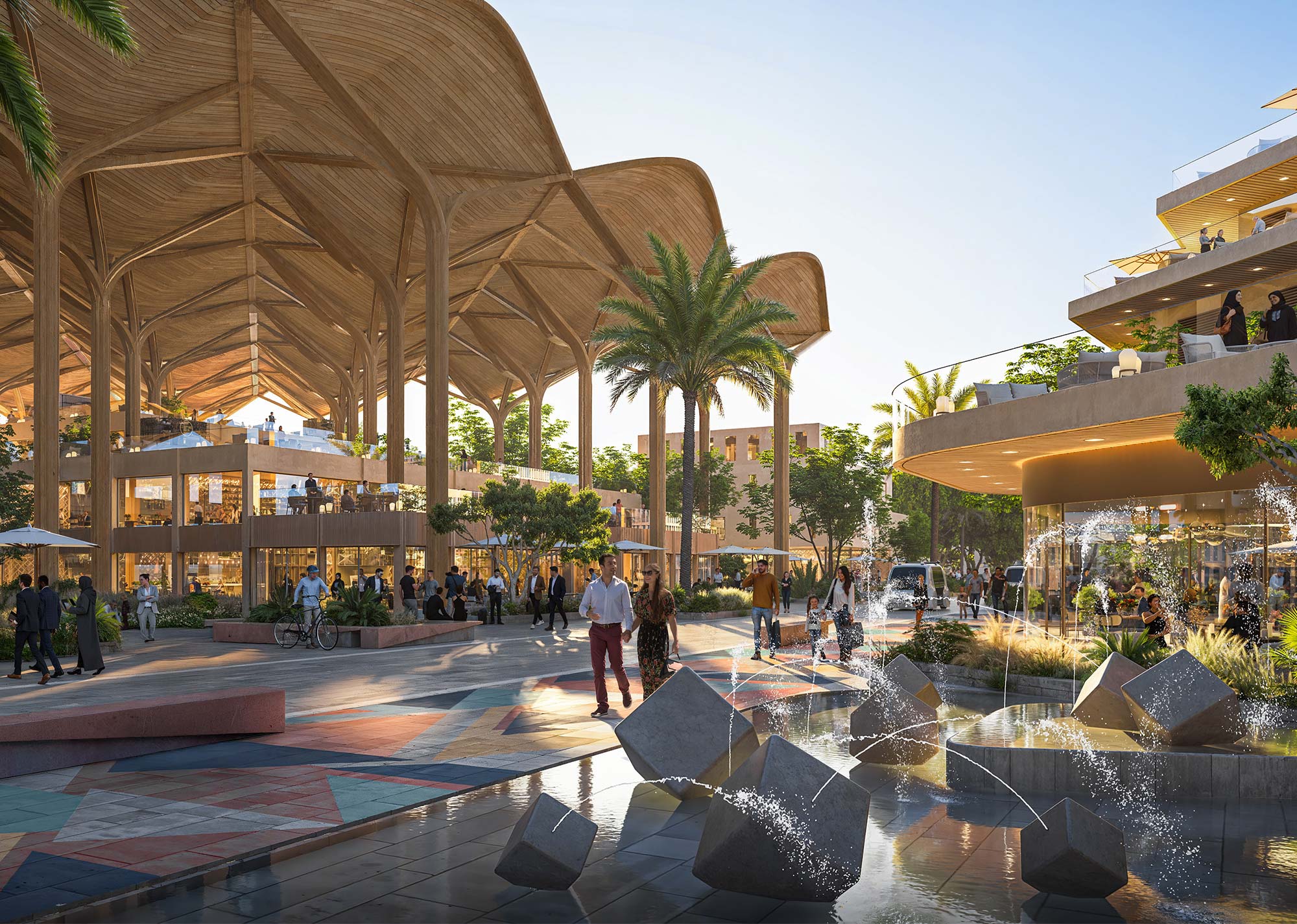

Alanna Carter

Bonny Slater

Randy Guillot

James Crispino
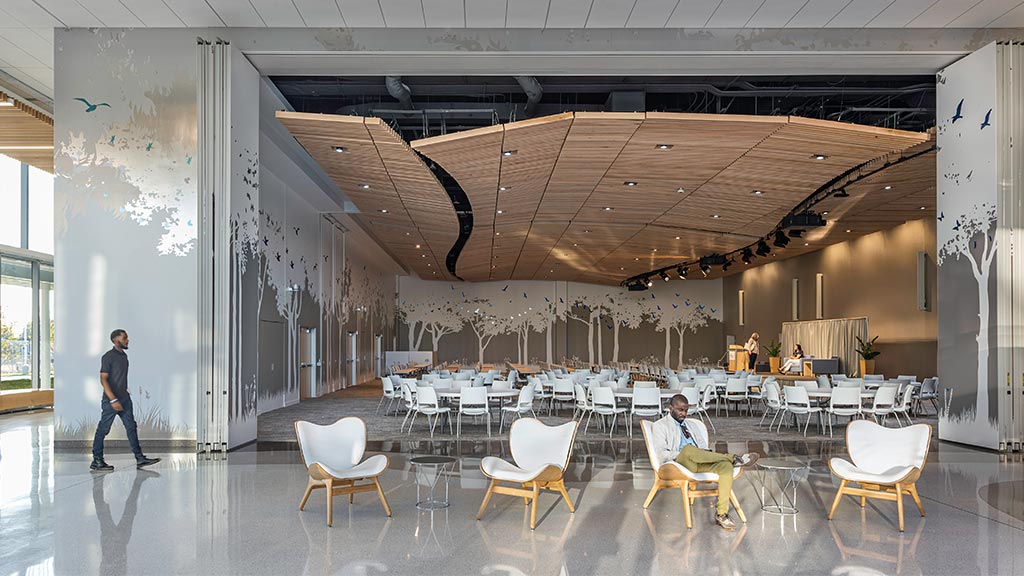
Interior Design Spotlights the Gensler-Designed Nationwide Children’s Hospital in Ohio
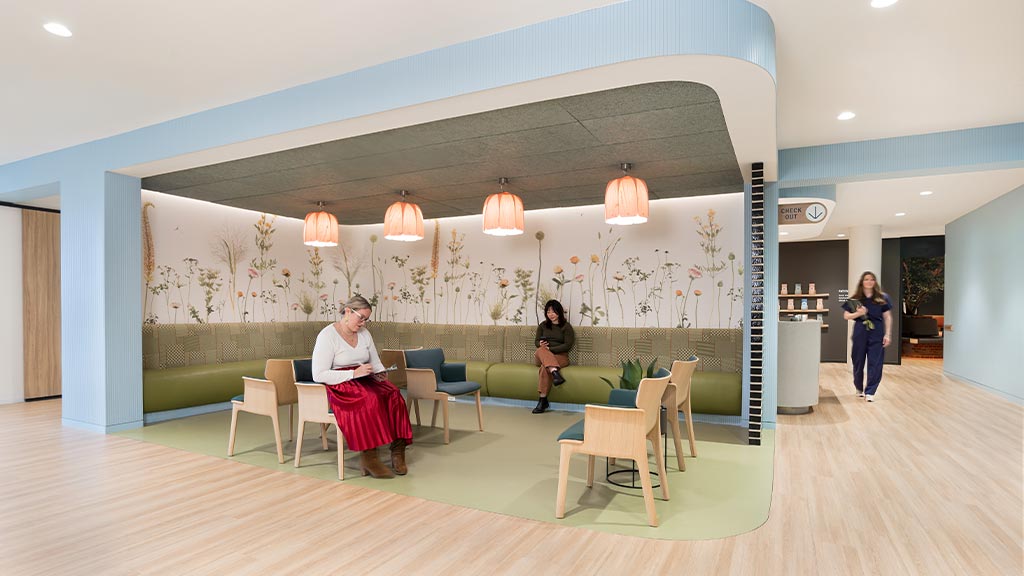
Gensler Brings In New Healthcare Leader To Advance the Firm’s Mission To Shape the Future of Healthcare Design

Gensler Welcomes Stephanie Pons Reece As Regional Healthcare Practice Leader
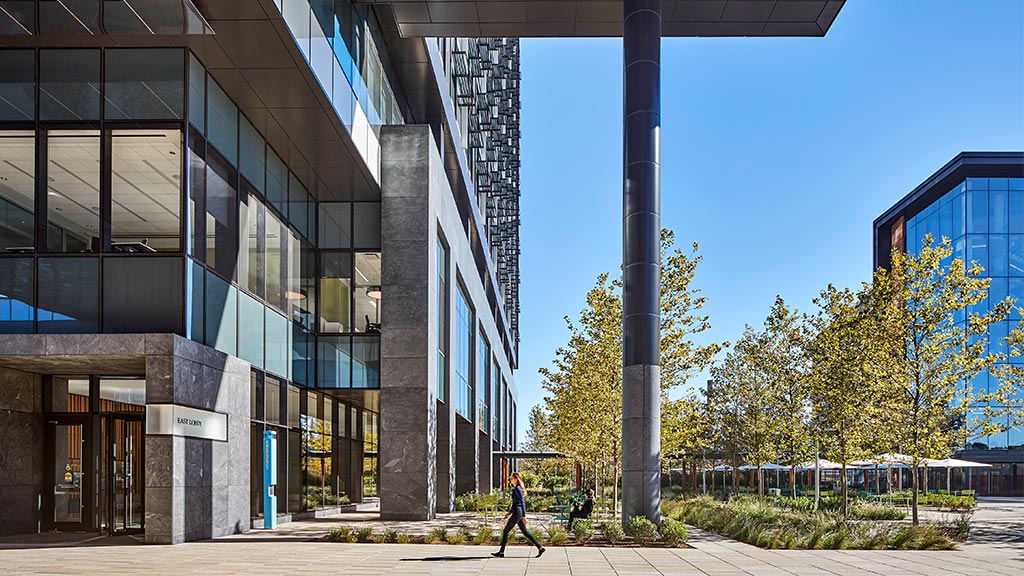
Rethinking the Future Spotlights 15 Iconic Healthcare Projects Designed by Gensler

Gensler Expands Healthcare Leadership in New York and Welcomes Christopher Korsh
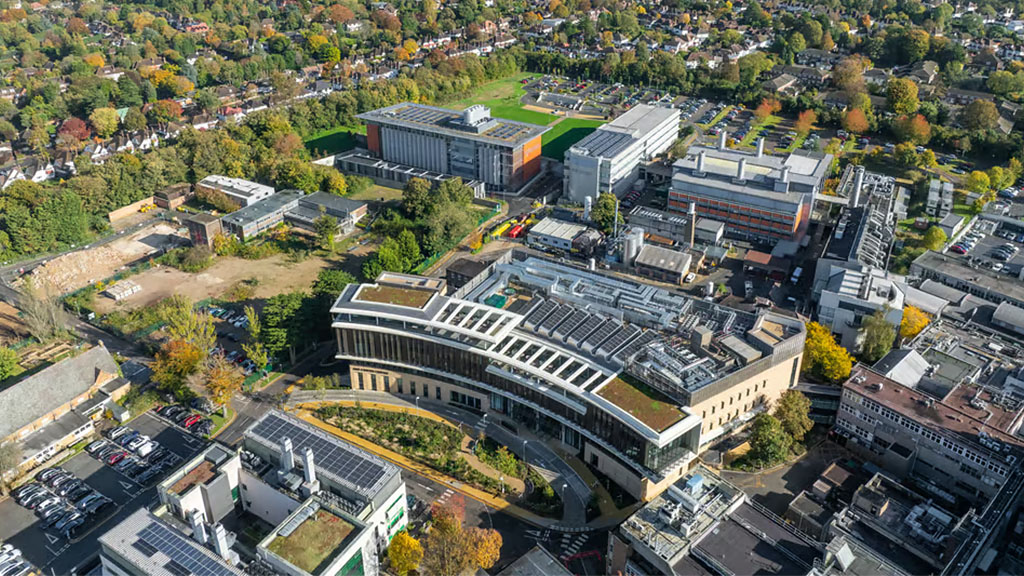
£1 Billion Masterplan, Designed by Gensler, Unveiled for The London Cancer Hub
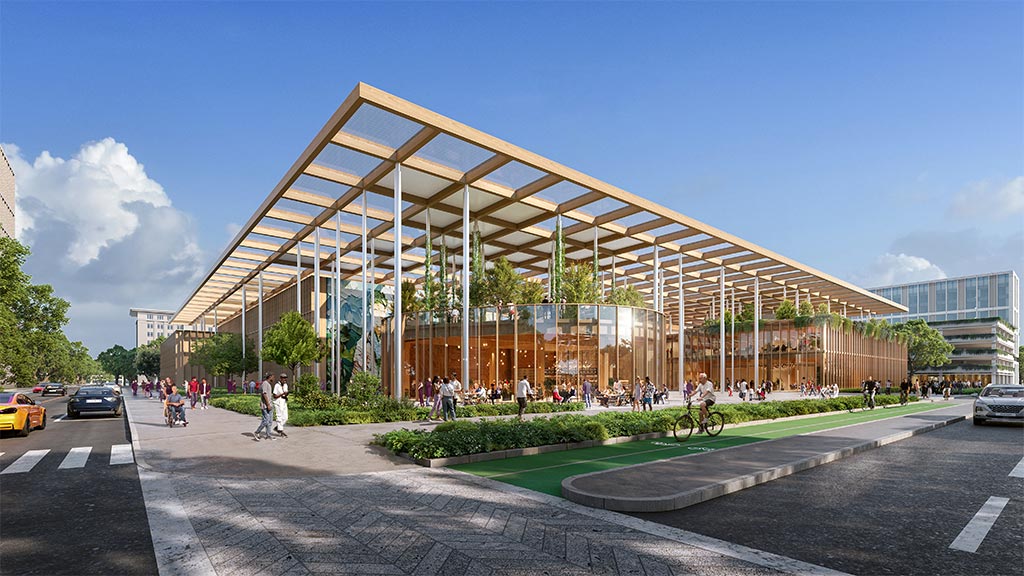
American Journal of Nursing Featured Gensler’s Prototype for a “Sustainable Hospital of the Future”
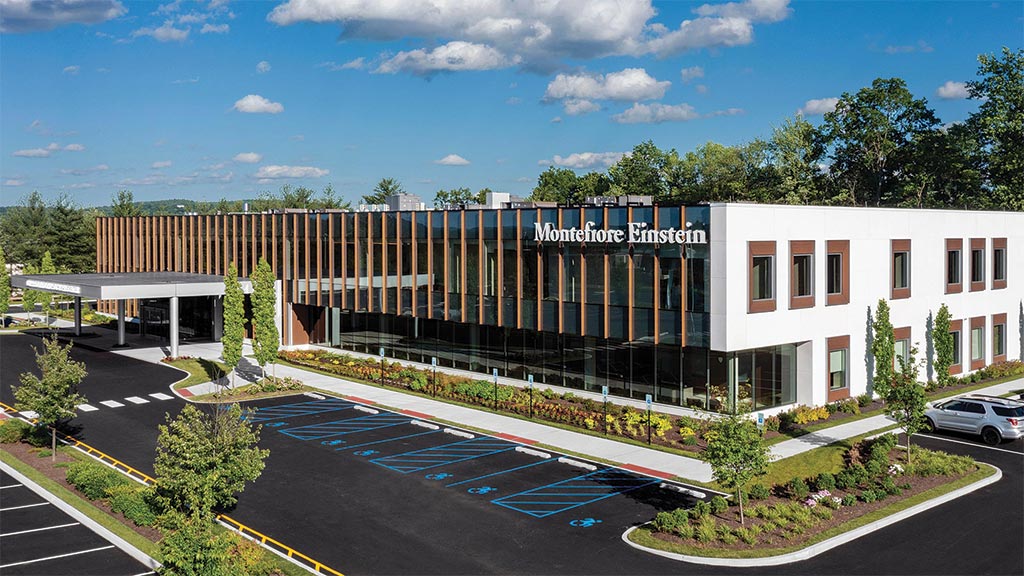
Healthcare Design Spotlighted Gensler’s Design of Montefiore Einstein Comprehensive Orthopedic & Spine Center
_Edited_1547667081.jpg)
Gensler Health Sector Leader James Crispino Has Been Elevated to the AIA College of Fellows
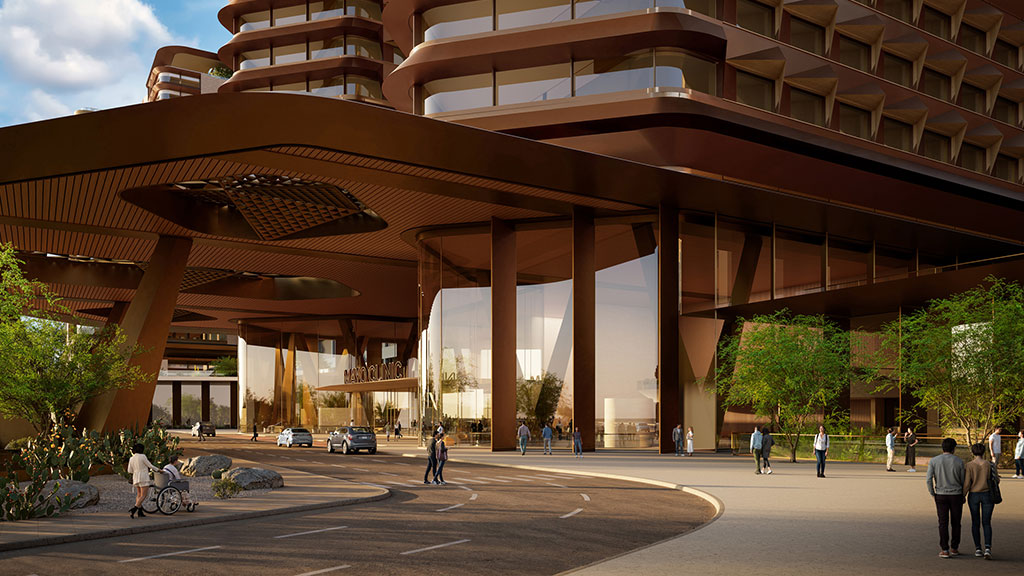
Mayo Clinic’s Phoenix Campus Expansion Will Create Seamless Patient Experiences
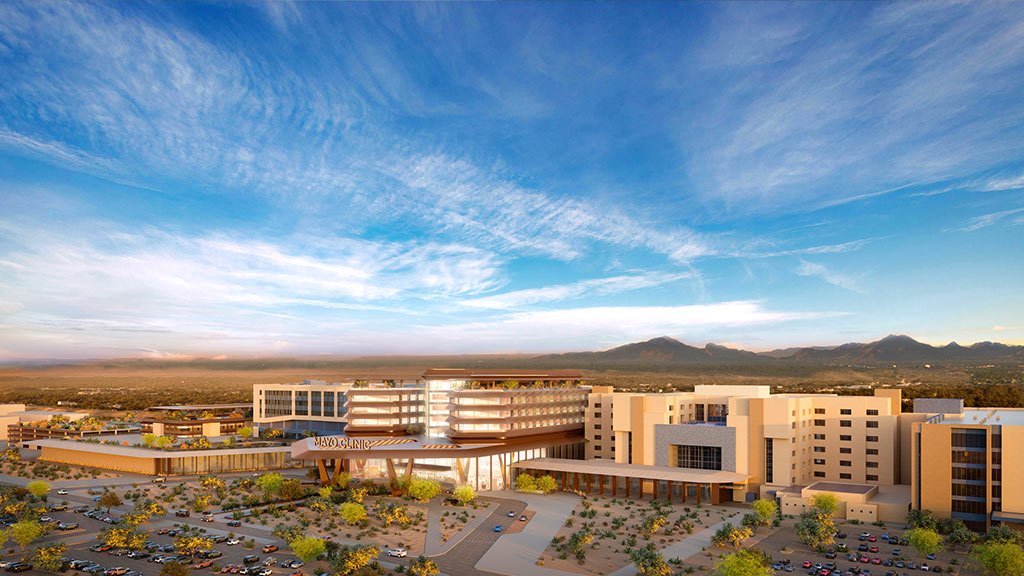
Mayo Clinic Announced Plans for a Transformative $1.9 Billion Investment To Create Seamless Healthcare Experiences
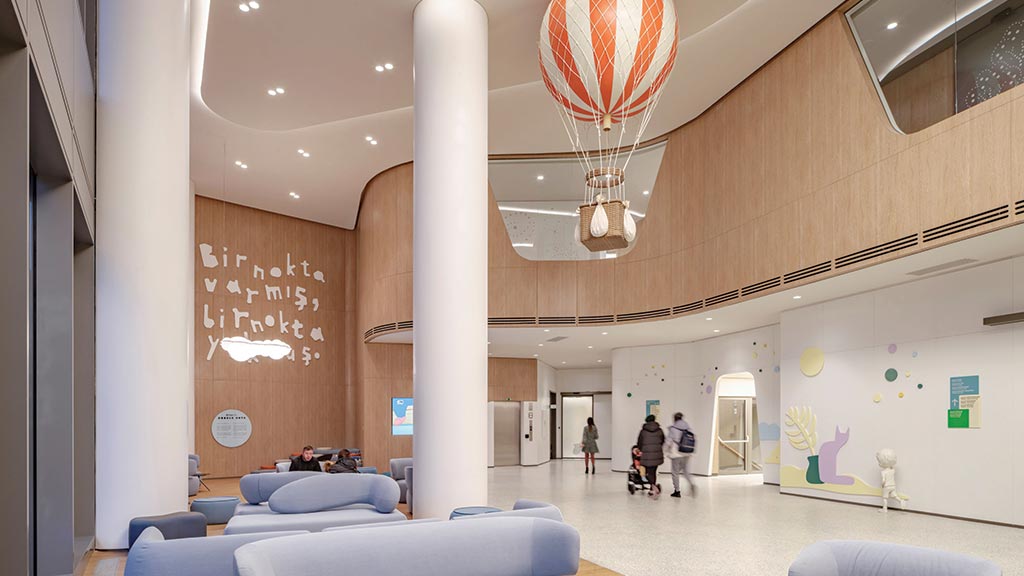
8 Healthcare Centers That “Challenge the Clinical Cliché”

The Ideal Attributes That Make Old Hospitals Good Candidates for Conversion Into Housing

Three Gensler Architects Elevated to AIA College of Fellows in 2025
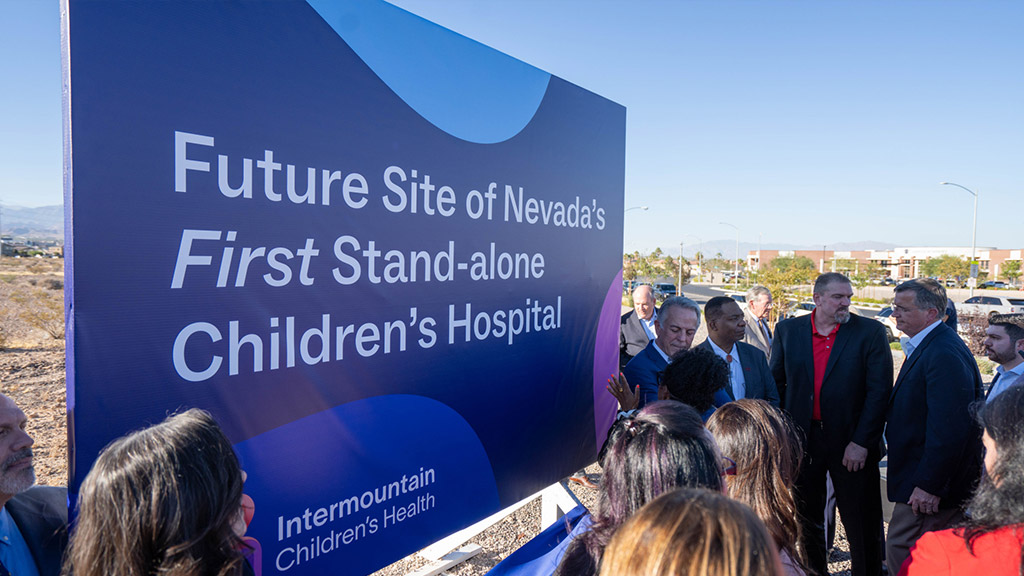
Shepley Bulfinch and Gensler Will Design Nevada’s First Comprehensive Standalone Children’s Hospital
